Literacy
Leadership of Reading, Writing, Oracy and Literacy at Grove Primary School:
Accountable Phonics: Miss Beth Jones
Responsible Phonics: Miss Becky Spry
Accountable Literacy: Mrs Kelly Hough and Andrew Rough
Responsible Oracy: Mr Kyle Bessey
Leadership of Oracy at Grove Primary School
Accountable: Mrs Kelly Hough
Responsible: Mr Kyle Bessey
Curriculum Intent
Communication and Oracy underpins everything we do at Grove and Westwood. Communication involves learning to talk and oracy is learning through talk.
Communication and Language is one of three Prime Areas of the EYFS curriculum. We recognise the national profile of special educational needs is also telling at earlier stages in a child’s life. The most prevalent need is speech, language and communication.
At Grove, we recognise the importance of building strong foundations and communication is at the heart of all learning. As human beings, talk is essential for expressing our needs and ideas and understanding others. Through eye contact, gesture, and sound, a child can share their thoughts and intentions, and use vocabulary related to what they are doing. A skilful use of language underpins learning across all areas of our early year's curriculum, and this continues their learning journey through school. For all staff, supporting children to develop rich communication and language should be a high priority. Communication strongly links to Personal, Social and Emotional Development. Our children are taught how to communicate their wants and needs effectively. In Early Years, the focus is on Speaking, Listening and Attention, Comprehension and Expressive Language. Staff use open-ended questions to further children’s learning. Communication and Oracy are threads that run through the school, from EYFS to Year 6.
Curriculum Implementation
Our aim is to embed Oracy development in all subjects across the curriculum. Our children should be able to articulate their thoughts clearly and explain their learning using key vocabulary and appropriate grammar. We aim to develop the children’s physical, cognitive, linguistic and social/emotional Oracy through explicit teaching for them to have opportunities in their future. We provide support to all children to develop their skills and ability to have an effective discussion. We strive to enable better access to the curriculum for all learners (especially those who have barriers to writing).
Curriculum Impact
We acknowledge and address the fact that pupils are entering the early years with low levels of language. We support pupils to manage behaviour through discussion and reparation, and we promote a ‘love of talk’ in the same way that the schools develop a love of other subjects. A particular aim is to prepare children to be able to thrive in social situations in adulthood.
Oracy LTPOracy Assessment
Our Oracy Concepts
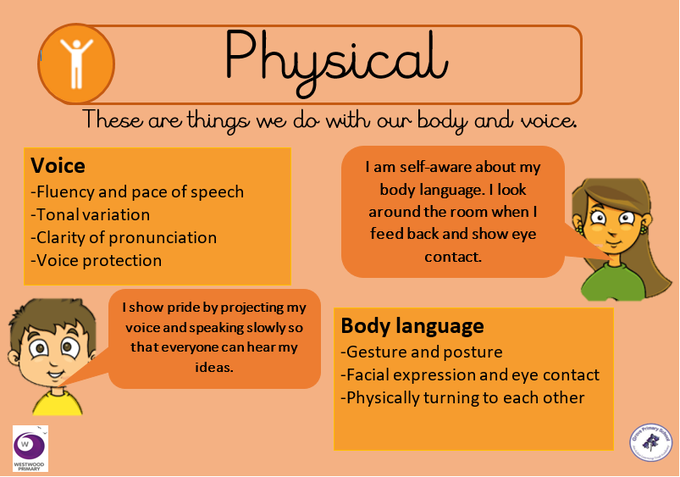
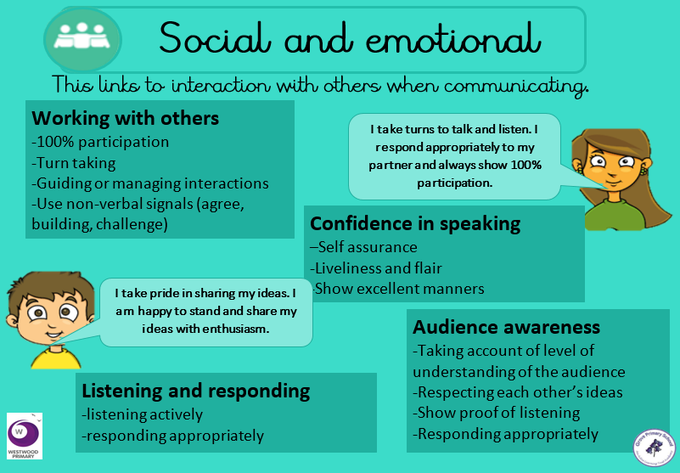
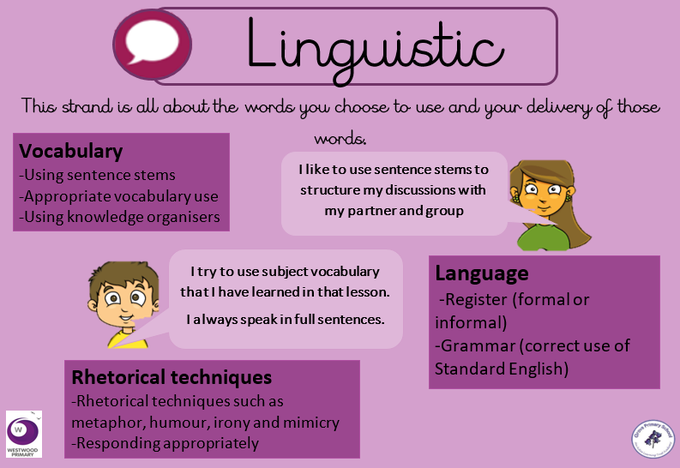
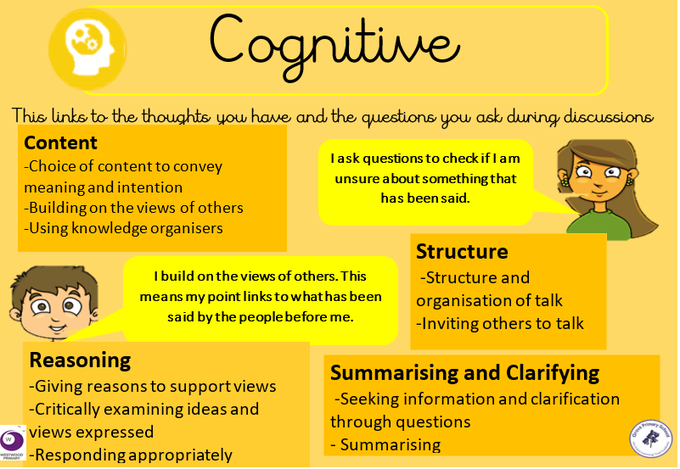
Phonics

Essential Letters and Sounds
Accountable: Miss Beth Jones
Responisble: Miss Becky Spry
Curriculum Intent
Essential Letters and Sounds (ELS) is our chosen Phonics programme. The aim of ELS is ‘Getting all children to read well, quickly’. It teaches children to read by identifying the phonemes (the smallest unit of sound) and graphemes (the written version of the sound) within words and using these to read words.
Children begin learning Phonics when they join us in Nursery and at the very beginning of Reception. It is explicitly taught every day during a dedicated slot on the timetable. Children are given the knowledge and the skills to then apply this independently.
Curriculum Implementation
Throughout the day, children will use their growing Phonics knowledge to support them in other areas of the curriculum and will have many opportunities to practise their reading. This includes reading 1:1 with a member of staff, with a partner during paired reading and as a class.
Children continue daily Phonics lessons in Year 1 and further through the school to ensure all children become confident, fluent readers.
We follow the ELS progression and sequence. This allows our children to practise their existing phonic knowledge whilst building their understanding of the ‘code’ of our language GPCs (Grapheme Phoneme Correspondence). As a result, our children can tackle any unfamiliar words that they might discover.
Children experience the joy of books and language whilst rapidly acquiring the skills they need to become fluent independent readers and writers. ELS teaches relevant, useful and ambitious vocabulary to support each child’s journey to becoming fluent and independent readers.
We begin by teaching the single letter sounds before moving to diagraphs ‘sh’ (two letters spelling one sound), trigraphs ‘igh’ (three letters spelling one sound) and quadgraphs ‘eigh’ (four letters spelling one sound).
We teach children to:
• Decode (read) by identifying each sound within a word and blending them together to read fluently
• Encode (write) by segmenting each sound to write words accurately.
Curriculum Impact
The structure of ELS lessons allows children to know what is coming next, what they need to do, and how to achieve success. This makes it easier for children to learn the GPCs we are teaching (the alphabetic code) and how to apply this when reading.
ELS is designed on the principle that children should ‘keep up’ rather than ‘catch up’. Since interventions are delivered within the lesson by the teacher, any child who is struggling with the new knowledge can be immediately targeted with appropriate support. Where further support is required, 1:1 interventions are used where needed. These interventions are short, specific and effective.
Supporting Reading at Home
- Children will only read books that are entirely decodable, this means that they should be able to read these books as they already know the code contained within the book.
- We only use pure sounds when decoding words (no ‘uh’ after the sound)
- We want children to practise reading their book 4 times across the week working on these skills:
Decode – sounding out and blending to read the word.
Fluency – reading words with less obvious decoding.
Expression – using intonation and expression to bring the text to life!
We must use pure sounds when we are pronouncing the sounds and supporting children in reading words. If we mispronounce these sounds, we will make reading harder for our children. Please watch the videos below for how to accurately pronounce these sounds.
How to pronounce pure sounds
Learn how to pronounce all 44 phonics sounds, or phonemes, used in the English language with these helpful examples from Suzy Ditchburn and her daughter.
Phonics: How to blend sounds to read words | Oxford Owl
Phonics and Spelling Long Term Plan
Accountable Literacy: Mrs Kelly Hough and Andrew Rough
Curriculum Intent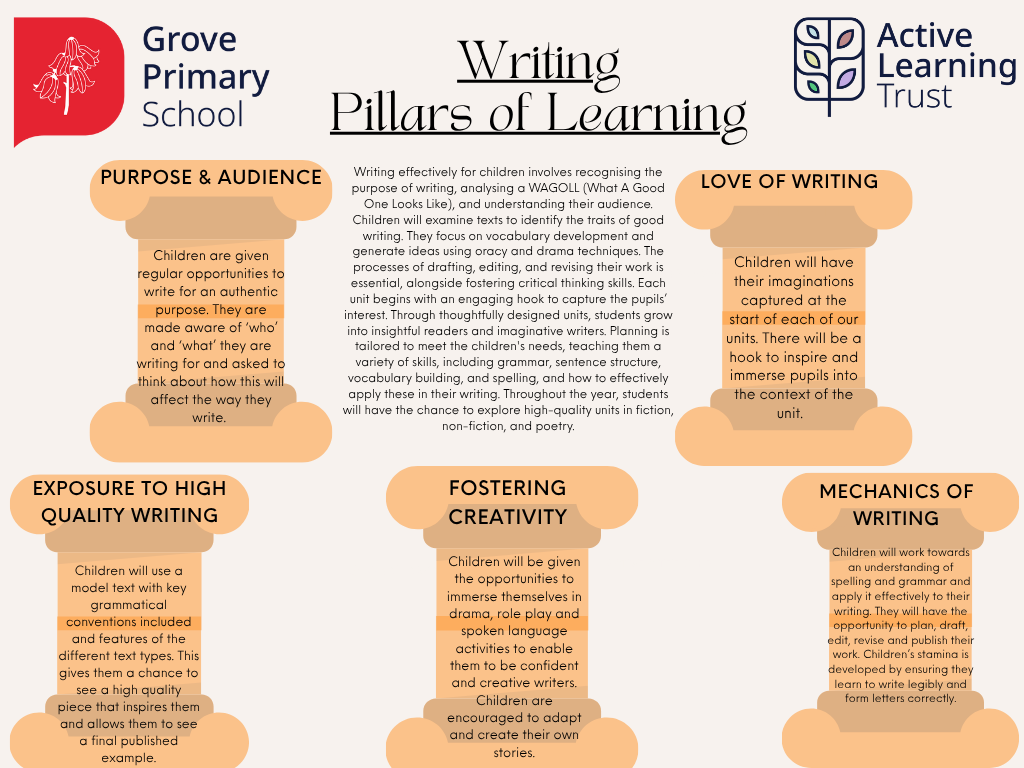
Curriculum Implementation
At Grove, we love writing! Through carefully planned English units, our children develop into thoughtful readers and creative writers. Each unit starts with a hook to engage and excite the pupils. We tailor our planning carefully to suit the needs of the children and they will be taught a range of grammar, sentence structure, word/vocabulary building and spelling skills and how to apply this to their writing. During the year, the children will have the opportunity to study high-quality fiction, non-fiction and poetry units.
As writers we:
- Recognise the purpose – WAGOLL (What a good one looks like)
- Know our audience
- Understand what good writing looks like/analyse texts – vocabulary
- Generate ideas (Oracy/drama)
- Draft, edit, revise
- Are critical thinkers
- Have freedom of style
- Justify our choices
- Have stamina
- Publish o
ur writing
Curriculum Impact
Curriuculum Intent
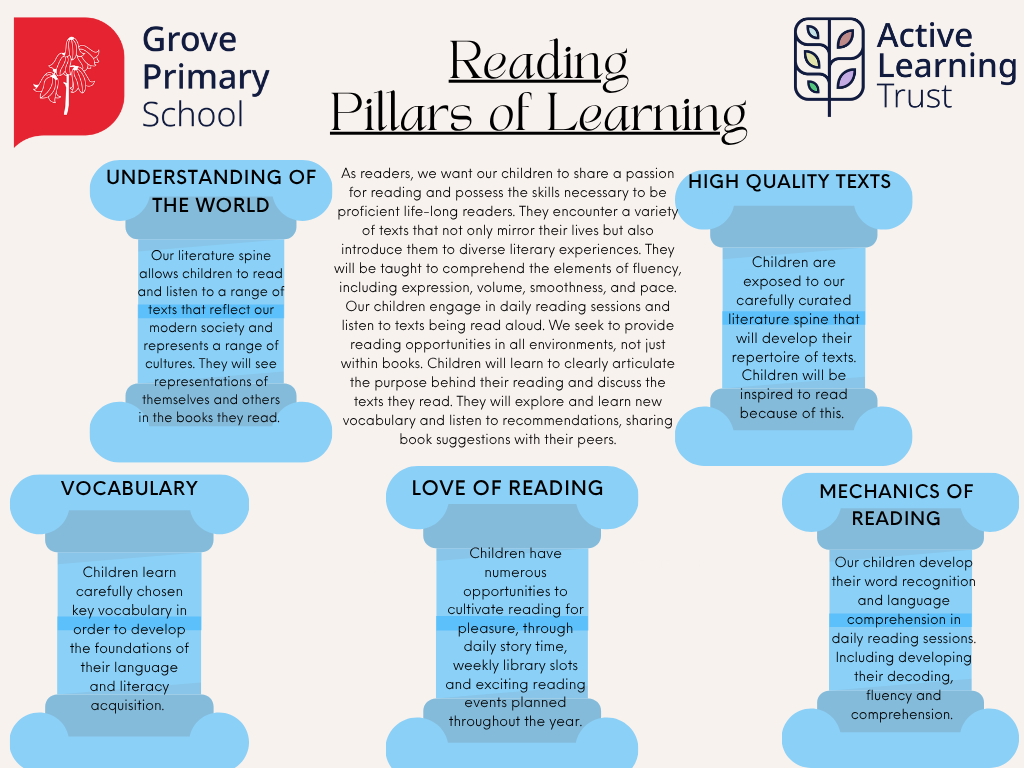
Curriculum Implementation
As readers we:
- Have a love of reading
- Know the skills needed to be a competent reader
- Are exposed to a range of texts in order to not only reflect the pupils' lives but to also open windows to a range of diverse literary experiences
- Understand fluency, including expression, volume, smoothness and pace
- Read aloud and listen to texts being read aloud daily
- Look for reading opportunities everywhere, not just in books
- Are explicit about the reason for reading
- Talk about and ask questions about their reading
- Learn and discuss new vocabulary
- Listen to recommendations and recommend books to our peers
​How do we teach Reading at Grove?
-
We use all of the following to teach reading:
-
Phonics Teaching using Essential Letters and Sounds (ELS)
- Exploring etymology and morphology in words
-
Teaching is underpinned by strong Assessment for Learning and ongoing daily, weekly, monthly half termly tracking and gaps analysis.
- Small group reading sessions (KS1)
- Daily whole class reading sessions to model and focus on decoding, fluency and comprehension skills (small groups may be used during this time) in KS2
- Individual Reading
- Story Time (all classes every day)
- Developing fluency through paired reading, choral reading, repeated reading